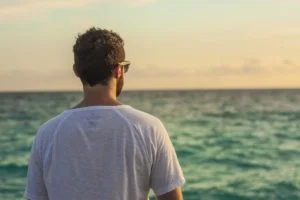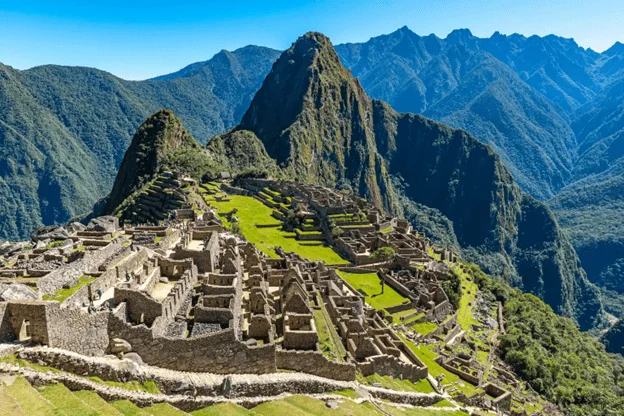
Discover the 7 Wonders of Peru: A Bucket List for Every Traveler | Travel Blog
If you ever dreamed to live millennial culture, embark on an adventure of a lifetime. Discover the 7 hidden treasures besides the iconic Machu Picchu in Peru.
This is an experience that you can have once in a lifetime .The breathtaking mountain will take you to the perfect place at the Andean mountain range. You will see a glimpse of the history and site proof.
If you are planning to visit Peru this year, start making the arrangements. Remember this country is considered one of the best destinations in the world and therefore tours are in demand all year.
The journey gives you more than one idea to complete your trip to Machu Picchu. You will find two overlapping routes, going to the volcanic region, the coastal side or the Rainforest amazon, the choice is in your own hands. Therefore we have 7 wonders equally astonishing as Cusco and its lost citadel.
Table of content
1. Machupicchu: Ancient jewel
Machu Picchu gets most of Peru's fame. It's amazing and deserves praise.. It's not for nothing that Machu Picchu is considered a UNESCO world heritage site.
Getting to Machu Picchu takes planning. Discovered in 1911 by the explorer Hiram Bingham. We found seven other places that match Machu Picchu's beauty.
For both insiders and outsiders, Machu Picchu is 90% of the reason for any visitor to hop on a flight to Peru. There's no shortage of reasons to visit the most incredible hidden mountain city ever created by the Inca people.
It's a stone city high in the Andean steep mountains, accessible by train to Aguas Calientes or the Inca Trail. It combines nature and Inca engineering, all designed with the idea of creating a city of ritual for the deities. Tourists will encounter more than 10 temples on their journey to this enigmatic place.
2. The Sacred Valley: A Cultural and Natural Marvel
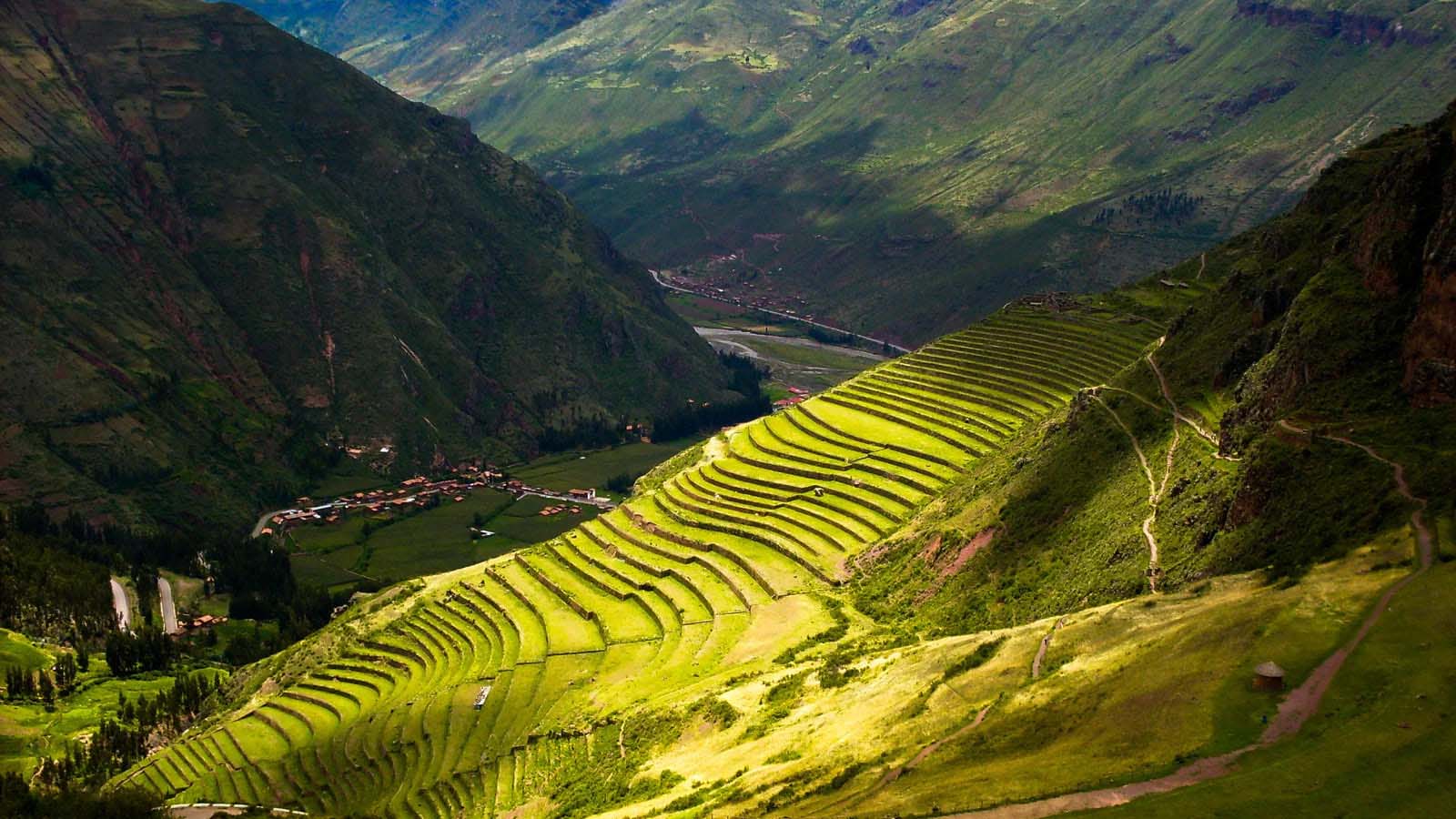
The Sacred Valley sits between Cusco and Machu Picchu at 2800 meters above sea level. This green valley has fertile farmland and old villages. The famous Incas used this area to grow crops because of the good soil and climate.
Today, the valley still has active farms and markets. Local people sell handmade goods and fresh food. You can see how traditional farming methods still work.
Ollantaytambo: The Living Fortress
Ollantaytambo is a town built by the Incas whose original street plans still exist today. Stone channels carry water through the streets just like they did 500 years ago.
The fortress above the town has huge stone walls. The Incas built this stronghold to defend against Spanish invaders. Climbing the steps to the top gives you great views of the valley.
Pisac Market: A Rainbow of Colors
Pisac Market happens three times a week. Local people bring their goods to sell. You can buy wool sweaters, silver jewelry, and pottery. The vendors are friendly and often speak some English.
Try the local food at the market. Fresh bread, roasted corn, and fruit juices taste amazing. The market is also a good place to practice your Spanish with local people.
3. The Enigmatic Nazca Lines
The Nazca Lines are enormous figures in the desert, some in relief, others linear. They do not correspond to the Inca people, who would be the most famous in Peru. Rather, they belong to the Paracas, a culture that influenced the Incas.
The uniqueness of these forms lies in how they were designed and created without any satellite support, centuries before Christ. It is presumed that thousands of them may have been made, and even today new figures continue to be discovered in the desert sands of the Ica department.
The lines are so big you can only see them from above. Some drawings are over 1,000 feet long. Scientists still debate why the Nazca people made them. Some think they were calendars. Others believe they were religious symbols.

Seeing the Lines from Above
Diminutive aircraft traverse the Nazca Lines daily, offering aerial reconnaissance of these enigmatic geoglyphs. During these thirty minute excursions, passengers observe the renowned simian, avian hummingbird, and arachnid configurations etched into the desert terrain. Furthermore, aviators meticulously execute banking maneuvers to ensure optimal visibility for occupants on both sides of the aircraft.
Nevertheless, it is advisable to secure reservations during morning hours when atmospheric conditions remain relatively quiescent. Conversely, afternoon expeditions frequently encounter substantial turbulence due to thermal activity. Consequently, individuals susceptible to vestibular disturbances should prophylactically administer antiemetic medication prior to embarking on their aerial journey.
Learning More at the Museum
The Maria Reiche Museum elucidates the scientific methodology underlying these enigmatic geoglyphs. Maria Reiche was a distinguished German mathematician and archaeologist who conducted meticulous research on the Nazca Lines for five decades. She established permanent residence in the arid landscape and executed precise cartographic measurements of each formation through manual surveying techniques.
The museum exhibits her specialized instruments and comprehensive topographical documentation. Visitors can examine how she deciphered the intricate geometric configurations and interpreted their astronomical significance.
4. Lake Titicaca: The Highest Navigable Lake
Lake Titicaca sits 12,500 feet above sea level. It's the highest lake in the world where big boats can travel. The lake covers parts of both Peru and Bolivia.
Local legends say the first Inca king was born from this lake. The water is deep blue and very clear. Mountains surround the lake on all sides.

The Floating Islands of Uros
The Uros people live on islands made of reeds. They cut reeds from the lake and tie them together. When the bottom layer rots, they add new reeds on top.
Each island has 5-10 families. They have houses, schools, and even solar panels. The people fish, hunt birds, and make crafts to sell to visitors.
You can ride in their traditional reed boats. The boats look like golden animals floating on the water. The Uros people are happy to explain how they make everything from reeds.
Taquile Island: Masters of Textiles
Taquile Island is famous for its weavers. The men knit hats and the women weave belts and shawls. In Fact each design has special meanings about the person's life.
The island has no cars or hotels. People walk on stone paths between their homes. They grow potatoes and quinoa on terraced fields.
Families invite visitors to eat with them. You can try fresh fish from the lake and potatoes cooked in earth ovens. The meals are simple but delicious.
5. The Colca Canyon: A Hiker's Paradise
The Colca Canyon, with its depth of 10,000 feet in some places, is home to Andean condors. These huge birds have 10-foot wingspans. They ride warm air currents that rise from the canyon floor.
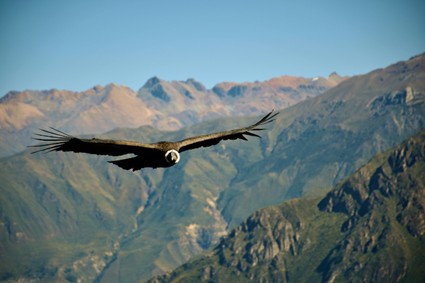
Cruz del Condor: The Best Bird Watching Spot
Cruz del Condor is a lookout point over the canyon. Condors fly here almost every morning. They start flying when the sun warms the air around 9 AM.
The birds fly very close to the viewing area. You can see their feathers and how they move their wings. Bring a camera with a good zoom lens.
Hiking in the Canyon
Many trails go down into the canyon. Some hikes take 2-3 days with overnight stops in villages. Others are day hikes to waterfalls and hot springs.
Local guides know the best routes and safe places to camp. They also know about the plants and animals you'll see. Hiring a guide makes the trip safer and more interesting.
Traditional Villages
Small villages sit on the canyon rim and inside the canyon. People still farm on terraces built hundreds of years ago. They grow corn, potatoes, and quinoa. Many families welcome visitors to their homes. You can learn about their daily life and try traditional foods. The people are roud of their history and happy to share stories.
6. The Amazon Rainforest: A Biodiversity Hotspot
The Amazon covers 60% of Peru. This huge forest has more types of plants and animals than anywhere else on Earth. Scientists discover new species here every year.
The forest has many different areas. Some parts flood during the rainy season. Others stay dry all year. Each area has different animals and plants.
This huge forest has more types of plants and animals than anywhere else on Earth. Scientists discover new species here every year.The forest has many different areas.
Some parts flood during the rainy season. Others stay dry all year. Each area has different animals and plants.
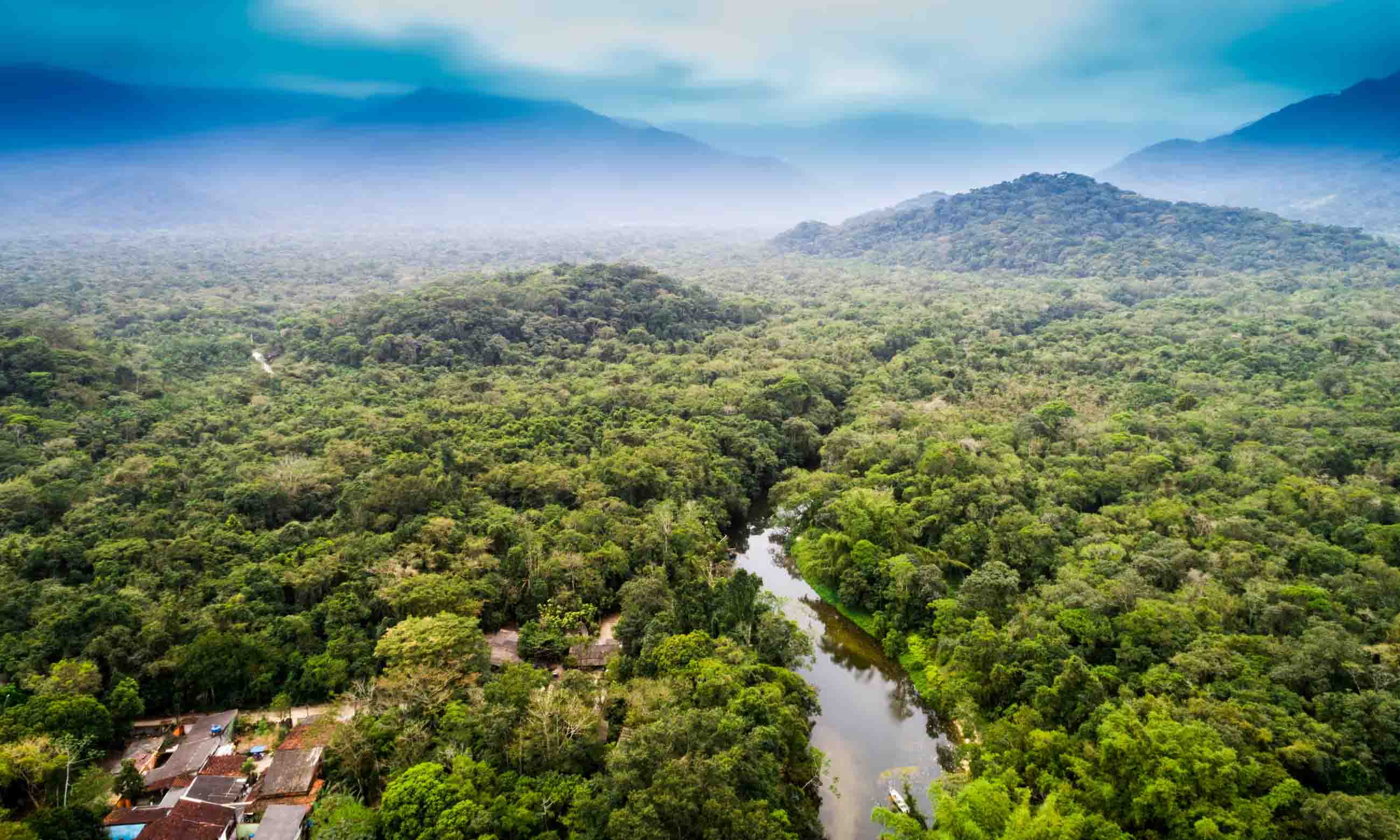
Staying in Jungle Lodges
Eco-lodges in the Amazon Rainforest offer comfortable places to stay. Most have private rooms with bathrooms and good meals. Many use solar power and recycled water.
The lodges employ local guides who know the forest well. They can spot animals and birds that visitors would miss. Night walks show you different animals that come out after dark.
Plant Medicine and Local Knowledge
Indigenous people have used forest plants as medicine for thousands of years. Many modern drugs came from Amazon plants. Local healers still know which plants help different health problems.
Some lodges offer talks about traditional plant use. You can learn which plants help with pain, infections, and other problems. This knowledge helps protect the forest and its people.
7. Cusco: The Historical Heart of Peru
Cusco was the capital of the Inca Empire. Spanish colonizers built their city on top of the Inca buildings. Today you can see both cultures in the same place.
The city sits at 11,200 feet above sea level. This high altitude can cause visitors altitude sickness. Take time to rest when you first arrive.
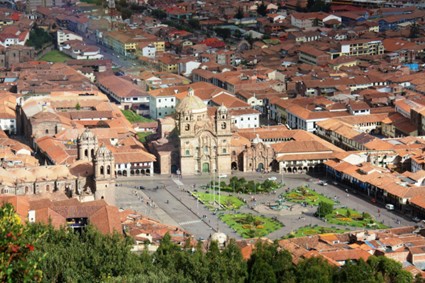
Sacsayhuaman: The Fortress Above the City
Sacsayhuaman is one of the most impressive Inca fortresses, if not the most impressive. The rocks used to build it weigh up to 100 tons. No one believes the Incas could have carried them there, much less fitted them perfectly together.
After hundreds of years, natural disasters, and the Spanish. Who wanted to destroy many buildings, the fortress still stands. Today, it is one of the most important tourist attractions in the imperial city of Cusco.
The fortress offers great views of Cusco. You can see the red tile roofs and white walls of the colonial city. Mountains surround the city on all sides.
San Pedro Market: Local Life
The favorite place for the people of Cusco is, without a doubt, the San Pedro Market. The average Cusco resident has been buying household goods here for generations. In the 21st century, this picturesque place has become a tourist hotspot.
Visitors can find fruits, vegetables, clothing, and even the most exotic items the land of the Incas has to offer, such as guinea pigs and alpaca meat.
Planning Your Peruvian Adventure
If you're coming to Peru, and especially to Cusco, the best option is the dry season. Yes, you'll find it very cold at night. This is true even though the days are quite hot due to the constant sun. This season runs from May to September.
The other notable season in this area is the rainy season, where temperatures aren't as extreme as the hot and cold poles. This makes the landscape green. However, depending on what you want to do, consider how the rains will affect your itinerary.
Health and Safety
The best tips is to get travel insurance before you go. Make sure it covers hiking and adventure activities. Bring copies of important documents and store them separately from the originals.
Altitude sickness can affect anyone above 8,000 feet. Drink lots of water and avoid alcohol for the first few days. If you feel very sick, go to a lower altitude quickly.
What to Pack
Bring layers of clothing for different temperatures. Mountain areas are cold at night but warm during the day. The Amazon is hot and humid all the time.
Good hiking boots are essential. Many paths are rocky or muddy. Waterproof clothing helps during rain showers. A hat and sunscreen protects you from strong mountain sun.
Your Peruvian Bucket List Awaits
Peru offers experiences you can't find anywhere else. Ancient ruins tell stories of smart civilizations. Natural wonders show Earth's amazing beauty. Local people share their culture with warm hospitality.
Each destination in Peru teaches something new. Machu Picchu shows amazing building skills. The Amazon demonstrates nature's diversity. Cusco connects past and present.
Your trip to Peru will create memories that last forever. The country changes how visitors see history, nature, and culture
Your trip to Peru will create memories that last forever. The country changes how visitors see history, nature, and culture. Start planning your adventure to discover Peru's seven wonders.
Whether you have one week or one month, Peru has something amazing for you. The hardest part is choosing which wonders to visit first. Every traveler leaves Peru wanting to return and see more.
Check Our Suggested Tours:
- Family Adventure Tour
- From the Heart of the Jungle to the Sacred Mountain: A Luxury Expedition Through the Amazon & Ausangate 16d/15n
- Honeymoon In Peru - Peru Honeymoon Packages
- Following the Path to the Sacred Sun Gate
- Peru By Belmond Tour
- The Soul of Two Worlds: A Grand Amazon & Andes Expedition 14d/13n
